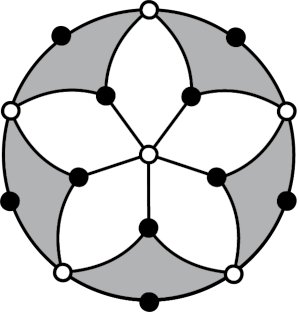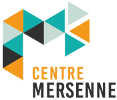About the journal
Innovations in Graph Theory publishes high-quality research in graph theory and its interaction with other areas, including directed graphs, extremal graph theory, graph algorithms and complexity, hypergraphs, infinite graphs, matroids, probabilistic graph theory, structural graph theory, and topological graph theory. The journal maintains a transparent single-blind refereeing protocol, which is coordinated by the managing editors to ensure consistent and high standards. Submissions are expected to contain novel and significant contributions of genuine interest to the graph theory community, as assessed by the editorial board.
Authors retain their copyright; we recommend that authors use a CC-BY licence. The journal charges no fees, neither for authors nor for readers. There are no restrictions on posting the accepted version of the manuscript to repositories such as arXiv or institutional archives, provided that a suitable reference (such as a doi) to the published version is made.
The journal was launched in 2023 on the principle that hard-earned scientific output be used to maximise further scientific gain, rather than to enrich private interests out of public funds. This principle complements a broader shift towards greater openness in science. A main objective is to provide a key bridge for combinatorial and graph theoretic researchers to establish/maintain their careers exclusively in the non-commercial domain.
The establishment of the journal has been partially supported by a grant from the Dutch Science Council (NWO), grant reference OCENW.M20.009. Formally, the journal is controlled by a Dutch non-profit society, "Stichting Innovations in Graph Theory", incorporated in 2023. The journal is a full member of an open access platform, Centre Mersenne, which is supported by various parties of the French scientific community.
The logo of the journal is a depiction of the Grötzsch graph as a quadrangulation of the projective plane. We thank Eva Lotta Stein for her contribution and advice on the creation of the logo.




